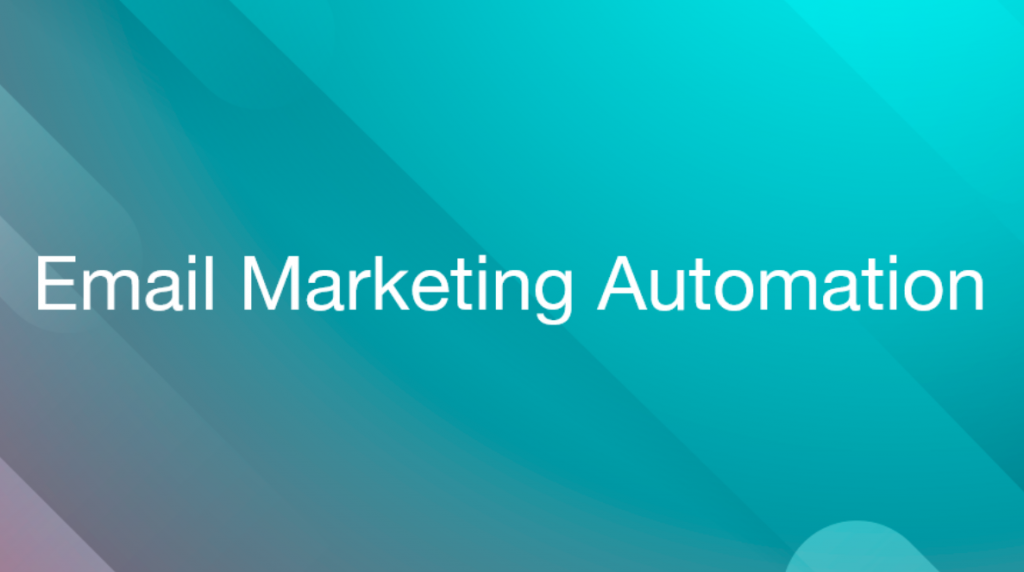In the dynamic realm of digital marketing, email campaigns remain a powerful tool for businesses to connect with their audience, foster engagement, and drive conversions. However, the manual execution of email marketing efforts can be time-consuming and prone to human error. Enter email marketing automation – a strategic approach that saves time and enhances your campaigns’ effectiveness. This comprehensive guide explores the ins and outs of automating your email marketing campaign, providing actionable insights for businesses looking to streamline their efforts and achieve sustained success.
How to Automate Your Email Marketing Campaign
Understanding Email Marketing Automation
1 The Essence of Email Marketing Automation
Email marketing automation uses software to streamline, automate, and measure marketing tasks and workflows. It goes beyond sending mass emails, incorporating personalized and targeted communication based on user behaviour, preferences, and interactions.
2 Benefits of Email Marketing Automation
- Time Efficiency: Automating repetitive tasks frees up valuable time for marketers to focus on strategy and creativity.
- Personalization: Tailoring messages based on user data leads to more relevant and engaging content.
- Consistency: Automation ensures that campaigns are consistently delivered at optimal times, maintaining audience engagement.
- Data-Driven Insights: Automation tools provide analytics and metrics, offering valuable insights for continuous improvement.
Setting Clear Goals for Automation
1 Defining Your Objectives:
Clearly outline the goals you want to achieve through automation: lead nurturing, increasing conversion rates, improving customer retention, or re-engaging dormant subscribers.
2 Segmentation Strategies:
Identify key segments in your audience based on demographics, behaviour, or lifecycle stage. Segmentation allows for highly targeted and personalized automation workflows.
Choosing the Right Email Marketing Automation Tool
1 Key Features to Look For:
- User-Friendly Interface: A tool that is easy to navigate and implement.
- Automation Workflow Capabilities: Robust automation features for creating complex and personalized workflows.
- Integration Options: Compatibility with your existing tools and platforms.
- Analytics and Reporting: Comprehensive insights into campaign performance.
2 Popular Email Marketing Automation Tools:
- Mailchimp: Ideal for small to mid-sized businesses with a user-friendly interface.
- HubSpot: A comprehensive solution offering email automation, CRM, and marketing automation.
- ActiveCampaign: Known for its advanced automation capabilities and CRM integration.
Crafting Personalized and Engaging Content
1 Personalization Strategies:
- Dynamic Content: Tailor content based on user data, ensuring each recipient receives a personalized message.
- Behavioural Triggers: Set up triggers based on user actions, such as website visits or previous email interactions.
2 Interactive Content:
- Surveys and Polls: Engage your audience by incorporating interactive elements to gather feedback.
- Quizzes and Contests: Foster participation and interaction through gamified content.
Implementing Automation Workflows
1 Welcome Series:
Craft automated emails to welcome new subscribers, introduce your brand and set expectations.
2 Lead Nurturing Campaigns:
Design workflows that guide leads through the sales funnel, providing relevant content at each stage.
3 Abandoned Cart Sequences:
Implement automated reminders and incentives to recover potential lost sales.
4 Re-Engagement Campaigns:
Identify dormant subscribers and create automated campaigns to re-ignite their interest.
Testing and Optimization
1 A/B Testing:
Experiment with elements like subject lines, content, or send times to identify the most effective strategies.
2 Analyzing Metrics:
Regularly review key performance indicators (KPIs) like open rates, click-through rates, and conversion rates to refine and optimize your campaigns.
Ensuring Compliance and Building Trust
1 Data Protection and Privacy:
Adhere to data protection regulations such as GDPR and ensure explicit consent for email communications.
2 Transparency and Communication:
Communicate the value of your emails and provide easy options for subscribers to manage their preferences.
Final Words
Automating your email marketing campaign is not just a time-saving strategy; it’s a transformative approach that enhances personalization, engagement, and, ultimately, the success of your marketing efforts. By understanding the fundamentals, setting clear goals, choosing the right tools, crafting personalized content, implementing effective workflows, testing, and ensuring compliance, businesses can navigate the complexities of email marketing automation and harness its full potential for sustained growth and customer satisfaction.



